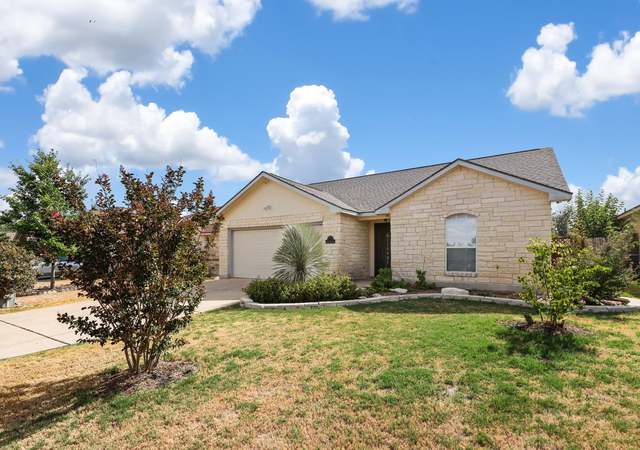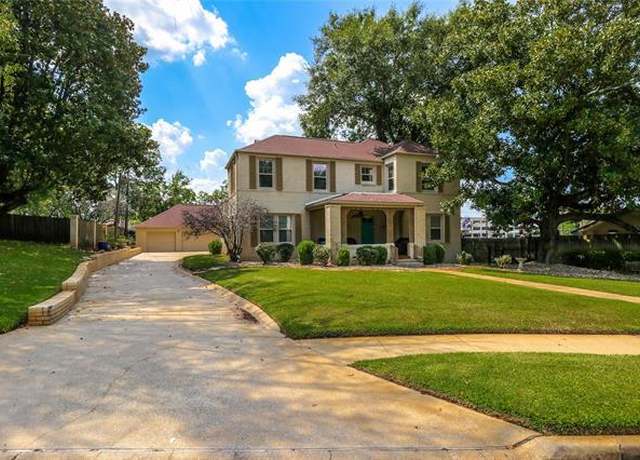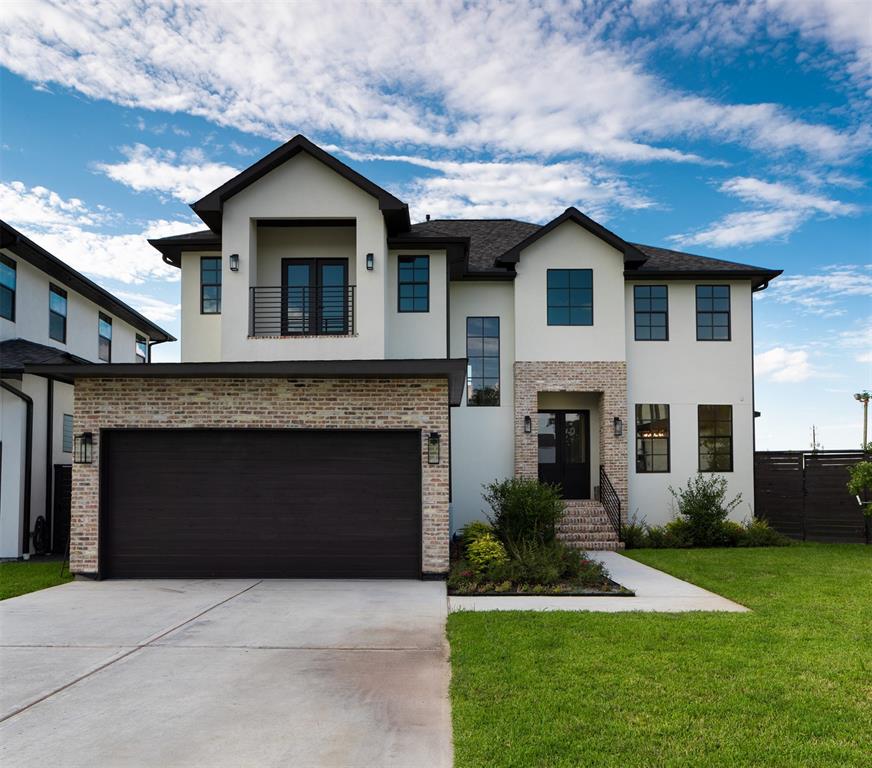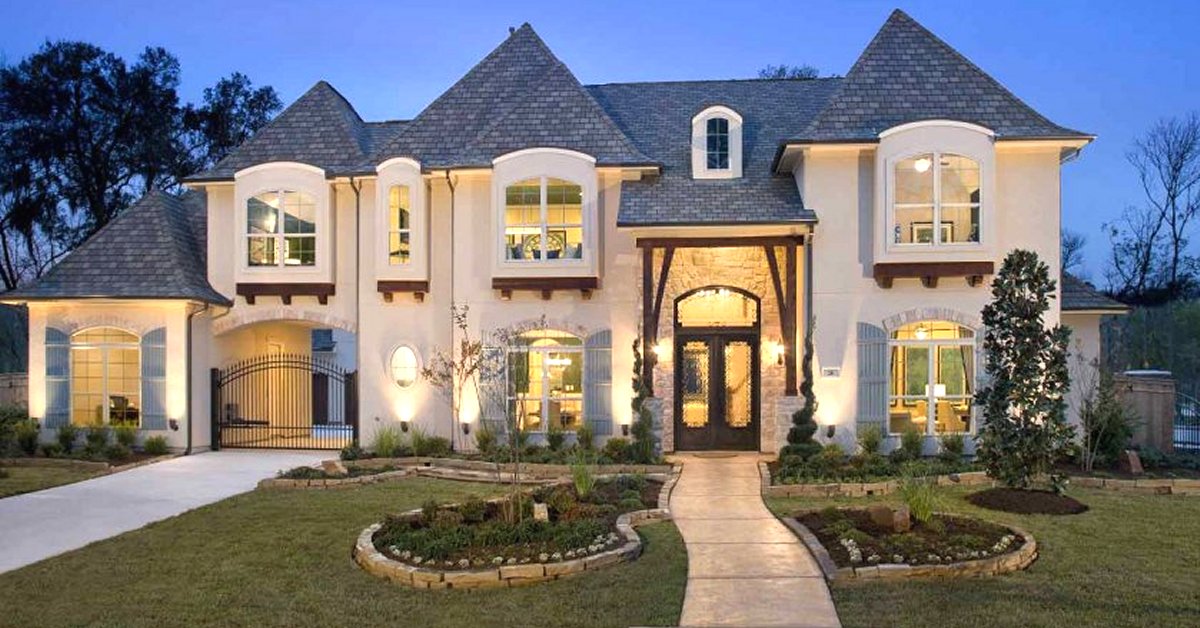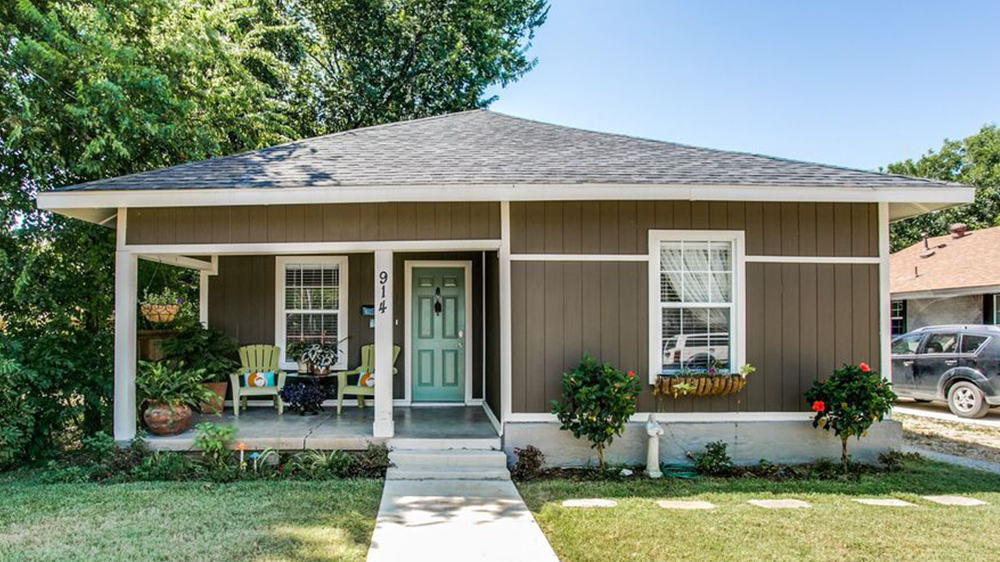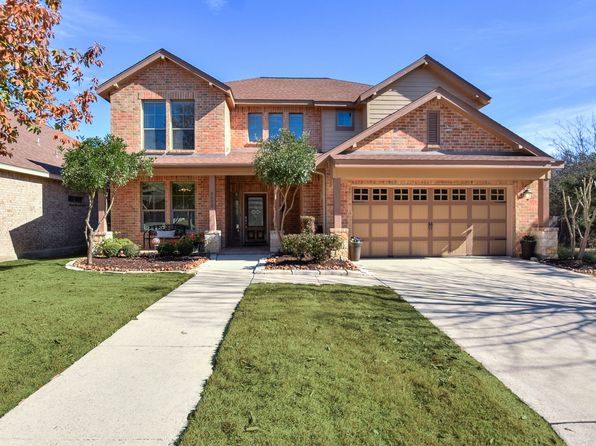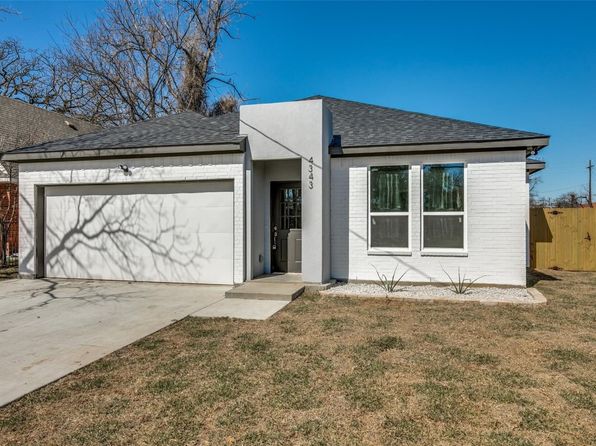Cheap Homes In Texas For Sale
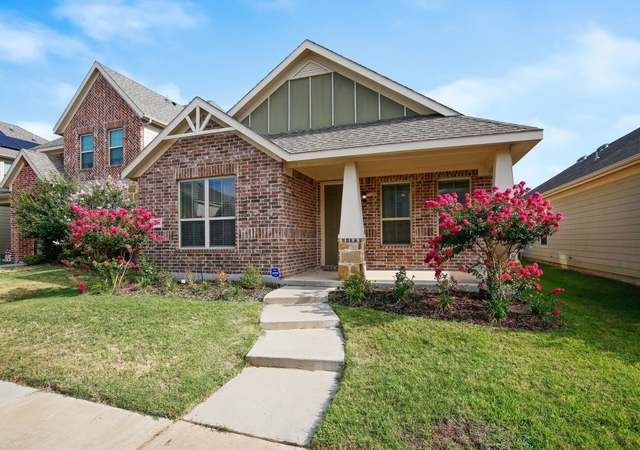
The dream of homeownership, once a cornerstone of the American promise, feels increasingly out of reach for many. But amidst soaring national housing costs, pockets of affordability persist. Texas, despite its own rising property values, still offers opportunities for those seeking reasonably priced homes, sparking renewed interest and drawing buyers from across the country.
While "cheap" is a relative term, this article examines areas in Texas where home prices remain significantly below the national average, exploring the factors driving affordability and the potential challenges and benefits for prospective buyers. We will delve into specific regions, analyze market data, and consider the long-term implications of investing in these burgeoning communities.
The Texas Housing Landscape
Texas, known for its robust economy and diverse landscapes, presents a varied housing market. Major metropolitan areas like Austin and Dallas have experienced significant price increases in recent years. However, smaller cities and rural areas continue to offer more affordable options.
Data from the Texas Real Estate Research Center at Texas A&M University indicates that while the statewide median home price has risen, certain counties and regions have seen less dramatic increases. This creates opportunities for buyers willing to look beyond the major urban centers.
Regions of Affordability
Several areas in Texas stand out for their relatively low housing costs. These include regions in West Texas, the Panhandle, and parts of East Texas.
Cities like Wichita Falls, located in North Texas, and Brownsville, in the Rio Grande Valley, consistently appear on lists of the most affordable places to live in the state. These communities often have lower property taxes and a lower cost of living overall.
Other areas, such as Lufkin in East Texas, offer a blend of affordability and access to natural resources. These regions often attract buyers seeking a quieter, more rural lifestyle.
Factors Driving Affordability
Several factors contribute to the lower housing costs in these regions. Slower job growth compared to major metropolitan areas is one key element.
Lower demand, coupled with a greater supply of available housing, helps keep prices down. Additionally, the cost of land and construction may be lower in these areas compared to urban centers.
However, it is important to note that affordability often comes with trade-offs. Job opportunities may be limited, and access to amenities and services may be less convenient.
Potential Challenges and Considerations
Buying a home in a more affordable area is not without its challenges. It's critical to conduct thorough research before making a purchase.
One key consideration is the local economy. Property values are closely tied to the economic health of the community, so it's important to assess the job market and future growth potential.
Another factor to consider is the availability of services and infrastructure. Access to healthcare, education, and transportation may be limited in some rural areas.
Furthermore, potential buyers should be aware of any potential environmental risks, such as flooding or oil and gas activity. Thorough inspections and due diligence are crucial.
The Perspective of Local Residents
For those already living in these affordable communities, the influx of new residents can be a mixed blessing. While it can boost the local economy and bring new businesses, it can also drive up housing costs and strain existing infrastructure.
“We’ve seen more people moving here from California and other states,” says Maria Rodriguez, a resident of Brownsville. "It's good for the economy, but I worry about how it will affect housing prices for those of us who have lived here for a long time.”
Local officials are grappling with how to manage growth while preserving the affordability and character of their communities. This often involves investing in infrastructure, promoting job creation, and implementing policies to ensure access to affordable housing.
Expert Opinions and Analysis
Real estate experts offer varying perspectives on the long-term viability of investing in these affordable Texas regions. Some believe that these areas represent a smart investment opportunity, as they are likely to experience growth as more people seek affordable housing options.
“We are seeing a shift in demand towards more affordable areas,” says Ben Miller, a real estate analyst with Redfin. “People are willing to move further away from major cities in order to find a home they can afford.”
Others caution against overestimating the potential for growth. They point out that factors such as limited job opportunities and infrastructure constraints could limit the long-term appreciation of property values.
“It’s important to be realistic about the potential for growth in these areas,” says Sarah Chen, an economist with Zillow. “While they may offer affordable housing, they may not offer the same investment potential as major metropolitan areas.”
Looking Ahead
The future of affordable housing in Texas remains uncertain. As the state's population continues to grow, demand for housing is likely to increase, putting upward pressure on prices.
However, the areas currently offering affordable options are likely to remain attractive to buyers seeking a lower cost of living. The key to successful investment in these regions is to conduct thorough research, understand the local economy, and be realistic about the potential challenges and opportunities.
Ultimately, the decision to buy a home in an affordable area of Texas is a personal one. It depends on individual circumstances, priorities, and risk tolerance. But for those willing to look beyond the major cities, the dream of homeownership may still be within reach.
